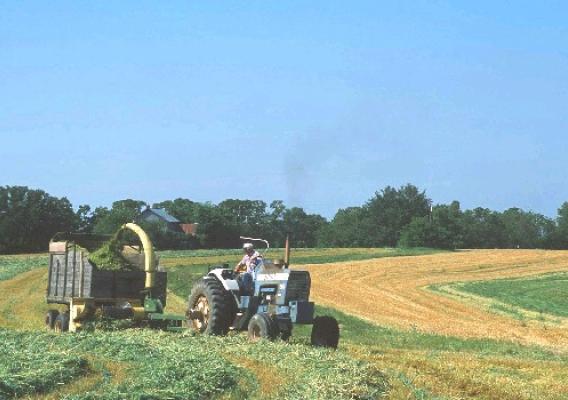On March 30th, the Department of Agriculture, is hosting a “match making day” at USDA, to promote connections between agricultural producers of energy feedstocks (and their related businesses) with biorefiners seeking to produce biofuels for commercial sale and consumption. Officials from the U.S. Department of Navy, U.S. Department of Energy, and the Federal Aviation Administration will attend, make presentations and answer questions.
As we move forward as a nation, identifying and implementing an “all-of-the-above” energy strategy, there are key relationships that will determine our success in the effort to develop and deploy aviation biofuels. The objectives of this match making session will be to improve awareness and increase understanding of the biofuels supply-chain links between those involved in feedstock production and the processors of that feedstock into biofuels. This includes logistical challenges, potential roles of service providers, and potential pitfalls.





